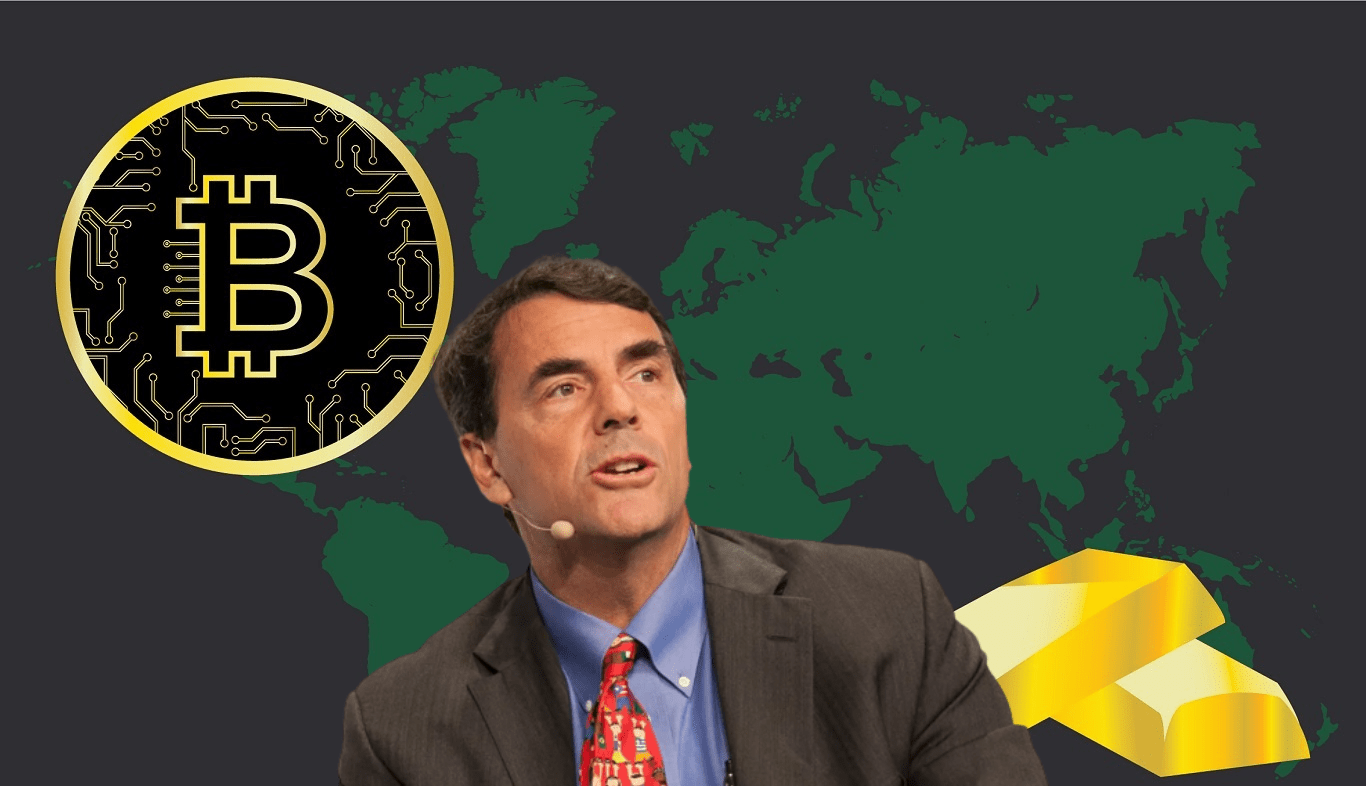Alright, folks, buckle up because the latest US CPI data just dropped, and it’s…complicated. We’re looking at a 2.3% year-over-year increase in unadjusted CPI for April, missing expectations of 2.4%. And the month-over-month? 0.2%, also under the predicted 0.3%. Frankly, a little underwhelming.
Photo source:finance.yahoo.com
Now, before you start popping champagne, let’s dig deeper. Core CPI, stripping out the volatile food and energy prices, logged a 2.8% annual rise – right on the dot of forecasts. Monthly core CPI also came in at 0.2%, shy of the 0.3% anticipated. So, what does this mean? It suggests inflation isn’t raging out of control, which is fantastic. But it’s stubbornly refusing to fall as quickly as the Fed would like.
Let’s break down some key inflation concepts:
CPI, or the Consumer Price Index, is a measure of the average change over time in the prices paid by urban consumers for a basket of consumer goods and services.
Core CPI excludes food and energy because these prices are famously volatile, prone to swings due to things like weather or geopolitical events. It gives a clearer underlying inflation picture.
Seasonally adjusted data attempts to remove predictable seasonal fluctuations to reveal the true underlying economic trends.
Year-over-year inflation simply compares current prices to those from the same month a year ago. It’s a common metric for judging long-term trends.
This isn’t a victory lap for the economy. This data is a mixed bag. It’s a sign that the Fed’s tightening policies are slowly working, but it’s also a warning that inflation remains a persistent beast. This leaves the Fed in a really awkward spot, and frankly, I’m still bracing for some potential volatility in the coming months. Don’t expect interest rate cuts anytime soon, people!






